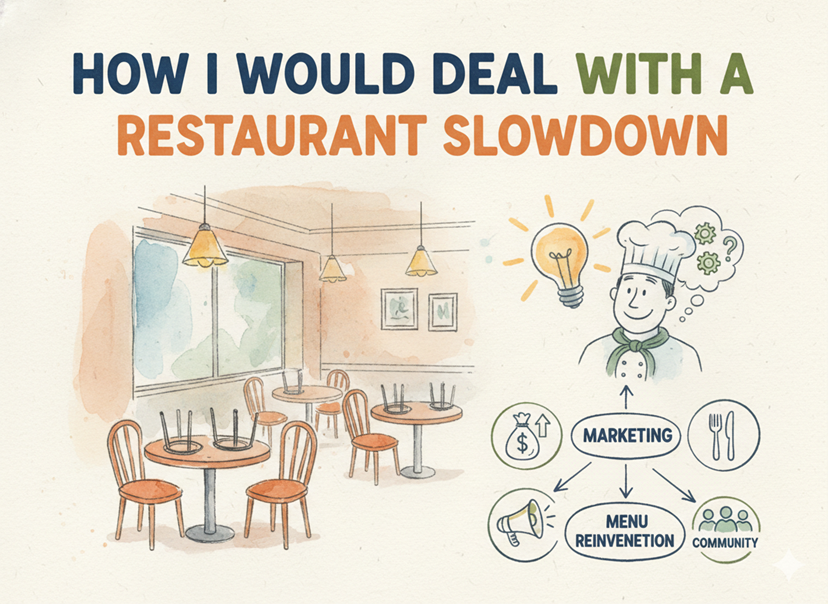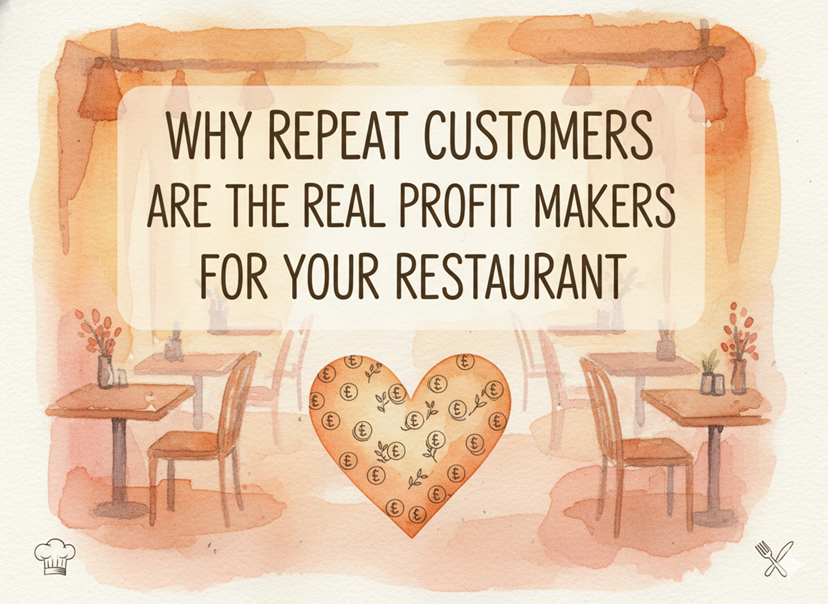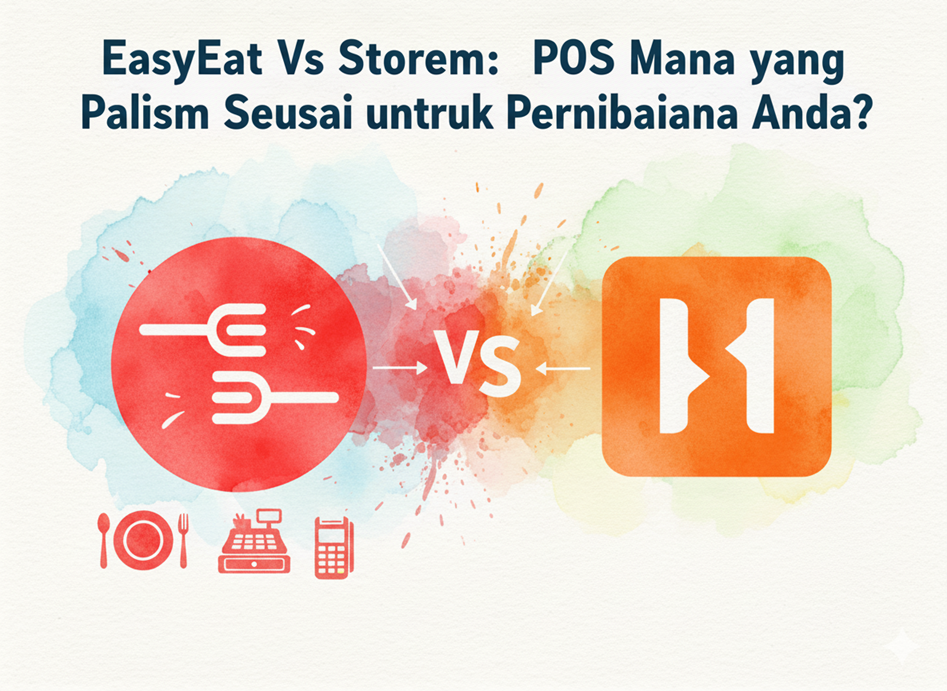Choosing the right way to serve your customers is one of the most important decisions you’ll make. The type of table service you use affects how customers feel about their meal, how smoothly your restaurant runs, and even how much profit you make. With so many options available, it can feel overwhelming to pick the best one for your business.
This guide will walk you through the different types of table service, help you decide which one fits your restaurant best, and show you how EasyEat’s smart technology can take your service to the next level.
Why Your Choice of Table Service Makes a Difference
The way you serve food impacts every part of the dining experience. Research from the National Restaurant Association shows that 60% of customers say good service is just as important as good food when deciding where to eat. Even if you serve the most delicious dishes, poor service can make customers never return.
Good table service creates happy customers who come back again and again. It also helps your staff work more efficiently, reduces stress in the kitchen, and can even help you sell more food and drinks.
Understanding the Different Types of Table Service
There are several main ways to serve customers in a restaurant. Each one has its strengths and works best in certain types of establishments. Let’s look at them in detail.
Traditional Waiter Service
This is what most people picture when they think of restaurant service. Customers sit down, a waiter takes their order, brings their food, checks on them during the meal, and handles the payment.
This style works perfectly for restaurants where customers come to relax and enjoy a full dining experience. It’s common in places that serve multiple courses and where meals take longer to eat. The personal attention makes customers feel special and taken care of.
The downside is that it requires more staff and training. If you don’t have enough servers, customers might wait too long between ordering and getting their food. This can lead to frustration even if the food itself is excellent.
Counter Service Approach
In this system, customers order at a counter or register, then either pick up their food themselves or get it delivered to their table by staff. Many cafes and quick-service restaurants use this method because it’s efficient and requires fewer employees.
Customers appreciate the speed of this service, especially when they’re in a hurry. It’s also easier to manage because you don’t need as many trained servers. The trade-off is that customers don’t get the same personal attention, and it can be harder to suggest additional items they might enjoy.
All-You-Can-Eat Buffet Style
Buffets put customers in control of their portions and choices. Your staff keep the food stations stocked and clean, but customers serve themselves. This works well for restaurants that serve large groups or want to offer variety without complicated ordering systems.
The main advantage is that customers can try many different dishes and take exactly what they want. For the restaurant, it can mean lower labor costs since you need fewer servers. The challenge is managing food waste and keeping everything fresh throughout service hours.
Family-Style Dining Experience
This method brings food to the table in large serving dishes that everyone shares. It creates a warm, communal atmosphere that many customers enjoy. The style works particularly well for restaurants serving traditional or home-style cuisine.
Sharing food this way encourages conversation and makes meals feel more special. However, some customers prefer their plates, and it can be difficult to manage portion sizes and food costs with this system.
Quick Service for Fast-Paced Dining
This is the model used by most fast food restaurants. Customers order, pay, and receive their food quickly, often at the same counter. Some places have added self-service kiosks to make ordering even faster.
The speed and efficiency are the biggest advantages here. Customers know exactly what to expect, and the restaurant can serve many people in a short time. The downside is the lack of personal interaction, which makes it harder to build customer loyalty.
Finding the Perfect Fit for Your Restaurant
Now that you understand the options, how do you choose the right one? Consider these important factors.
Think about the type of food you serve and how customers typically enjoy it. Fancy dishes that need explanation might require full waiter service, while simple sandwiches could work well with counter service.
Consider your customers’ expectations. People visiting a high-end steakhouse expect different service than those grabbing a quick lunch. Matching their expectations will make them happier with their experience.
Look at your space and staff. Some service styles need more employees or different restaurant layouts. Make sure you choose something that works with what you have or can reasonably change.
How Technology Can Improve Your Table Service
Even if you have the perfect service style for your restaurant, there’s always room to make it better. This is where EasyEat’s table service feature comes in.
Imagine your customers never having to wait to catch a server’s attention when they need something. With EasyEat, they can request anything they need right from their phone – more napkins, extra sauce, another drink, or even the check.
Your staff receives these requests immediately, so they can respond quickly without running around trying to notice every raised hand. Customers get better service, and your team works more efficiently.
This technology works with any service style. In a full-service restaurant, it helps waiters provide even better attention. In counter-service places, it makes the experience smoother after customers get their food.
The Benefits of Smart Table Service
Using technology like EasyEat brings several advantages to your restaurant. Customers appreciate the convenience of getting what they need without waiting. Studies show that restaurants using digital service tools see higher customer satisfaction scores.
Your staff can focus on providing great service instead of trying to be everywhere at once. They’ll be less stressed and able to do their jobs better.
You might even see higher sales. When customers can easily order another drink or dessert without waiting for a server, they’re more likely to do so.
Making Your Decision
Choosing table service is about finding the right balance for your specific restaurant. There’s no one perfect answer that works for everyone. Think about your food, your customers, and your team to make the best choice.
Remember that you can always adjust as you go. Many restaurants successfully combine different service styles for different parts of their business.
And no matter which style you choose, technology like EasyEat can help make it work even better. Good service leads to happy customers, and happy customers keep coming back.
Common Questions About Table Service
The right table service can transform your customers’ experience and make your restaurant more successful. Take the time to choose wisely, and consider how tools like EasyEat can help you deliver the best possible service every day.




